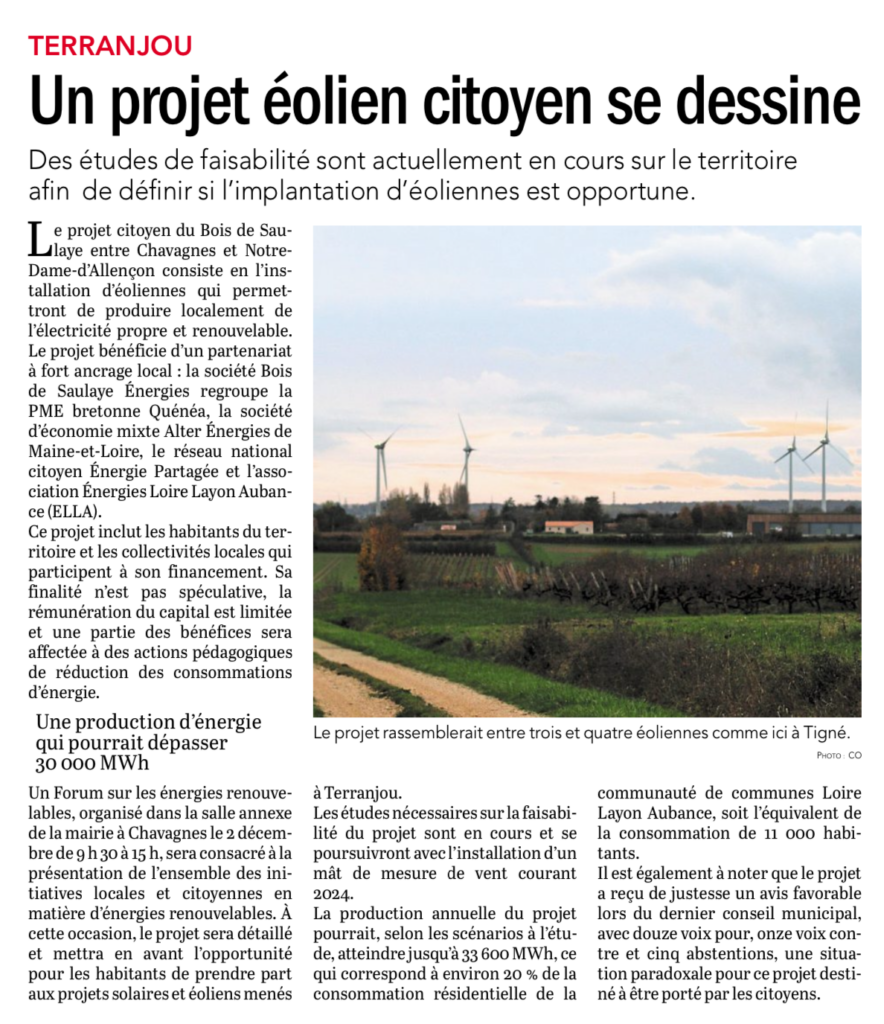Industrial-scale wind energy
is often promoted as a clean and sustainable source of energy. It brings, however, many adverse impacts of its own. Of most immediate concern for communities targeted for wind power facilities are their size and noise, with the consequent loss of amenity and, in many cases, health.
People concerned with the environment are increasingly aware of the negative impacts of the giant machines and their additional supporting infrastructure (including heavy-duty roads, transformers, and powerlines) on wetlands, birds, bats, beneficial insects, and other wildlife — both directly and by degrading, fragmenting, and destroying habitat for their erection.
Considering these and other impacts, the construction of industrial wind energy facilities cannot be justified in the rural and wild places that developers usually target.
How much good do they do? The claims of reducing pollution or greenhouse gases appear to be greatly exaggerated. Wind is a diffuse and fickle resource that does not follow demand. Despite decades of experience and substantial installations in Denmark, Germany, and Spain, the giant turbines have not been shown to meaningfully reduce the use of other fuels on the electric grid — such as natural gas, coal, and nuclear — let alone gasoline for transport and oil for heating. For this reason, their ability to reduce carbon dioxide emissions that contribute to climate change or pollutants that cause acid rain and health problems is doubtful, despite their tremendous size and sprawl.
http://www.wind-watch.org/




